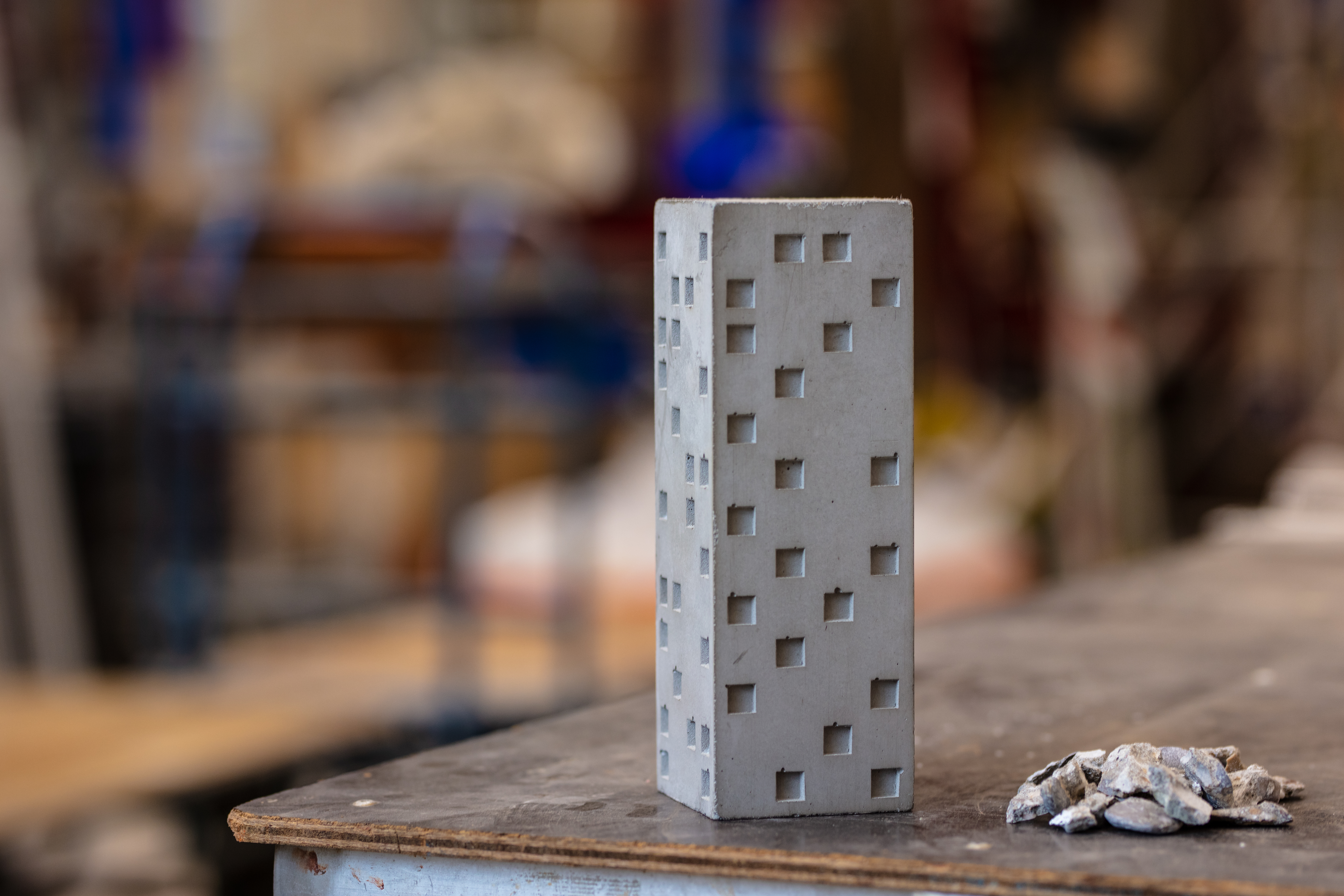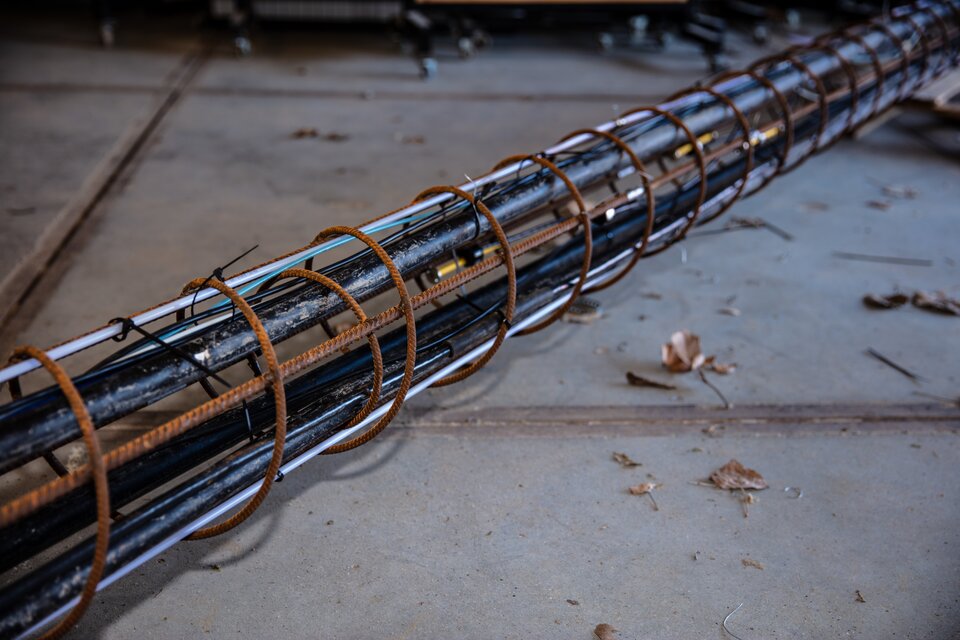Earth’s primary resources are finite. Human inventiveness, however, isn’t. At TU Delft’s laboratories, Francesco Di Maio is working on the recycling of concrete waste. Just like the Phoenix, the mythological bird that rises from its own ashes, Di Maio wants new concrete buildings to arise from their predecessors waste. He hopes his technologies will help to transform urban economies into self-sustaining loops.
We know we need to reduce waste and reduce the ecological footprint of human activity. Di Maio and his team are contributing to the cause with a straightforward concept: recycling concrete. “The social impact of this project intrigues me,” says Di Maio. “Concrete waste accounts for about a quarter of the controlled waste stream in Europe. This is a huge amount that is still waiting to be exploited. Teaching society today to streamline the use of secondary resources will help our grandchildren tomorrow.”
From waste to raw material
But how do we get from concrete demolition waste to high quality, 100% circular raw materials that can immediately be used to produce new concrete? To address that question, Di Maio teamed up with Strukton to develop C2CA (Concrete to Cement and Aggregates). After a building is demolished and its materials are collected, the concrete waste goes into an innovative machine called Advanced Dry Recovery (ADR). The rumbling ADR separates the concrete waste in two streams. The first, composed of gravel, is clean and immediately ready to reuse in new concrete. The second stream is further processed using a technology called Heating Air classification System (HAS) to separate sand and cement. These three materials, gravel, sand and cement, can be fed directly into the cement mixer to start a new life, thereby closing the material loop.”
A mobile recycling plant
ADR and HAS opened up new possibilities for recycling. The next step was to enable this recycling process on–site. “If concrete is recycled on the spot, it reduces not only primary resource extraction but also carbon emissions from production and transport,” Di Maio explains. “In other words, it’s a massive sigh of relief for the earth’s lungs.” To this end, a mobile concrete recycling factory named Circuton was developed. Since its launch at the Innovation Expo 2018, the Circuton has been further improved and practical tests are now taking place.
A nudge for recycling and innovation
According to Di Maio, the construction industry is very conservative and resistant to change. The challenge is to prove that sustainability can actually help to gain competitive advantage. “For safety and financial reasons, the industry has mixed feelings towards recycled concrete,” says Di Maio. “Despite initial scepticism, we have now proved that recycled concrete is clean and cheaper than virgin material.” Still, Di Maio faced unexpected issues that required overtime during development — all linked to conflicts of interests. “Innovation is difficult. Keeping each stakeholder on track was key to establishing concurred milestones.”
Turning cities into living systems
The C2CA technology has already taken its first steps on the market. For example, recycled concrete was used in the Co-creation Center that is currently under construction at TU Delft’s outdoor laboratory The Green Village. If everything goes as planned, Di Maio thinks cities will eventually embrace the concept of urban metabolism — turning themselves into circular economies. “This technology enables a minimisation of the import and export of resources,” says Di Maio. “I hope cities will become self-sufficient and that primary resources will be extracted only when necessary.”





